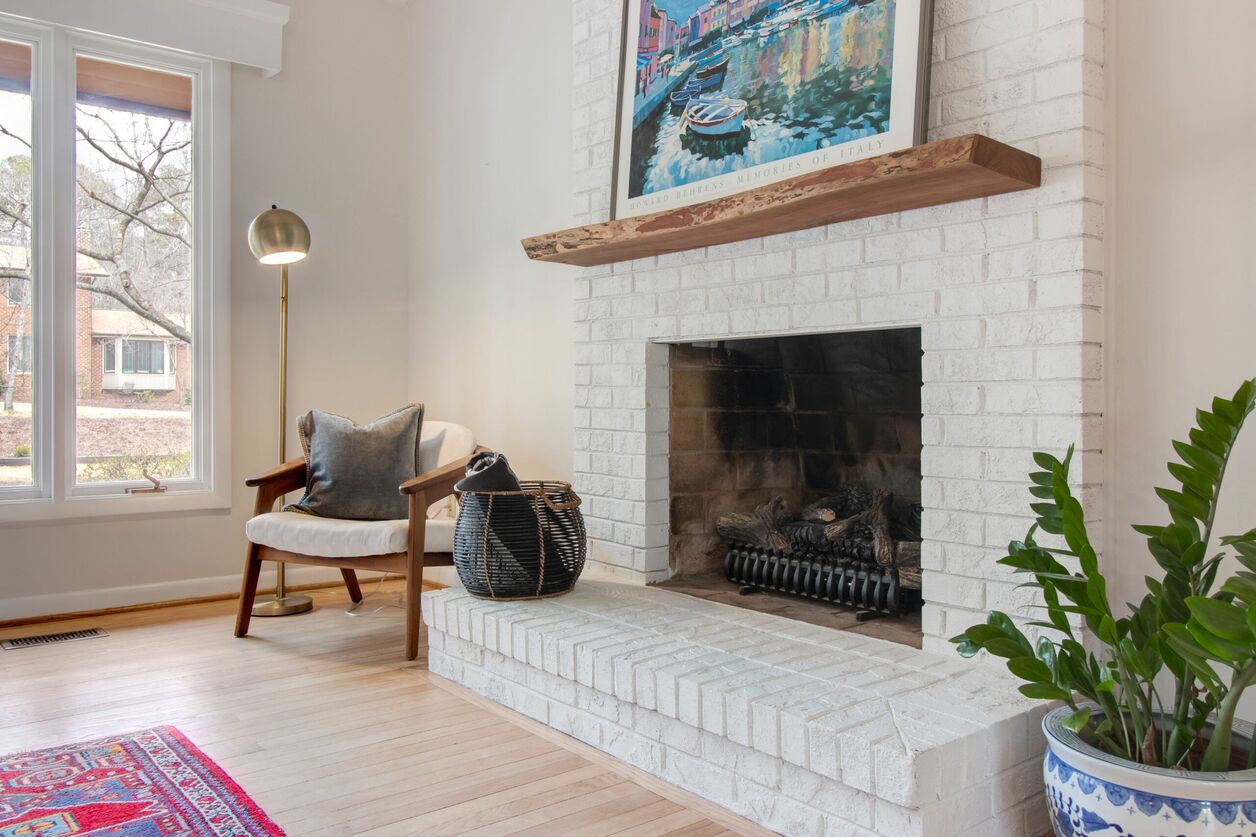

Articles
How Do You Paint A Brick Fireplace
Modified: January 23, 2024
Learn how to paint a brick fireplace with our informative articles. Transform your space with this affordable DIY project.
(Many of the links in this article redirect to a specific reviewed product. Your purchase of these products through affiliate links helps to generate commission for Storables.com, at no extra cost. Learn more)
Introduction
When it comes to updating the look of a brick fireplace, one of the most cost-effective and transformative options is to paint it. Whether you want to modernize a dated brick fireplace, change the color to match your interior decor, or simply refresh its appearance, painting can be a rewarding DIY project that can completely transform the look and feel of your living space.
In this article, we will guide you through the step-by-step process of painting a brick fireplace, from preparing the surface to applying the final coat. We will also share tips on how to choose the right paint and provide recommendations for achieving a professional-looking finish. So, if you’re ready to give your brick fireplace a fresh new look, let’s get started!
Key Takeaways:
- Transform Your Space: Painting a brick fireplace is a cost-effective DIY project that can modernize your living area. With proper preparation and high-quality paint, you can achieve a professional finish and elevate the look of your home.
- Attention to Detail: From cleaning and priming to adding final touches, painting a brick fireplace requires patience and meticulousness. By following the step-by-step process and maintaining regular maintenance, you can enjoy a beautifully transformed fireplace for years to come.
Read more: How To Paint A Brick Fireplace
Preparing the Fireplace
Before you can start painting your brick fireplace, it’s important to properly prepare the surface. This ensures that the paint adheres well and provides a smooth and long-lasting finish. Here are the steps to follow:
- Clean the brick: Use a stiff-bristle brush or a wire brush to remove any loose dirt, debris, or soot from the bricks. If there are any stains or stubborn residue, you can use a mixture of warm water and mild detergent to gently scrub the surface. Rinse thoroughly and allow the bricks to dry completely before proceeding.
- Repair any damaged areas: Inspect the bricks for any cracks, chips, or missing mortar. If you spot any, use a suitable mortar mix to fill in the gaps and repair the damaged areas. Allow the mortar to cure as per the manufacturer’s instructions.
- Protect the surrounding area: Cover the floor and any nearby furniture, fixtures, or trim with drop cloths or plastic sheets to protect them from paint splatters or drips. Use painter’s tape to mask off any areas that you don’t want to be painted, such as the mantel or adjacent walls.
- Apply a primer: Applying a primer before painting is essential to ensure proper adhesion and long-lasting results. Choose a high-quality latex-based primer that is designed for masonry surfaces. Using a paintbrush, roller, or sprayer, apply a thin and even coat of primer to the brick surface. Allow the primer to dry according to the manufacturer’s instructions.
By taking the time to properly prepare your brick fireplace, you set the foundation for a successful paint job. This ensures that the paint adheres well, provides an even finish, and prolongs the longevity of your newly painted fireplace.
Choosing the Paint
When it comes to selecting the right paint for your brick fireplace, there are a few factors to consider. The type of paint you choose will depend on the desired finish, the level of durability you require, and the overall look you want to achieve. Here are some tips to help you choose the perfect paint:
- Type of paint: Opt for a high-quality latex or acrylic-based paint that is specifically formulated for masonry or brick surfaces. These types of paints are durable, breathable, and provide excellent coverage.
- Finish: Determine whether you want a matte, satin, or glossy finish. Matte finishes are more forgiving and can help hide imperfections on the surface. Satin finishes offer a subtle sheen and are easier to clean. Glossy finishes provide a smooth, sleek look but can show more flaws.
- Color: Choose a color that complements your overall interior decor and personal preferences. You can go for a classic white or neutral shade for a timeless look, or opt for a bold color to make a statement and add personality to your space.
- Heat resistance: If your fireplace is frequently used or in close proximity to heat sources, ensure that the paint you choose is heat-resistant. Look for paints that are specifically designed for high-heat areas to prevent discoloration or peeling.
It’s also worth considering the brand and reading reviews to ensure that you select a paint that has a good reputation for durability and longevity. Consulting with a paint specialist at your local home improvement store can also provide valuable insights and advice on the best paint options for your specific fireplace.
Remember, investing in high-quality paint and taking the time to choose the right type and color will greatly contribute to the overall success and longevity of your painted brick fireplace.
Cleaning the Bricks
Before you begin painting your brick fireplace, it’s essential to thoroughly clean the bricks to ensure a smooth and clean surface for the paint to adhere to. Here’s how to clean the bricks:
- Remove loose dirt and debris: Start by using a stiff-bristle brush or a wire brush to remove any loose dirt, dust, cobwebs, or debris from the bricks. Be thorough in your cleaning, making sure to reach into all the nooks and crannies.
- Prepare a cleaning solution: Mix a solution of warm water and mild detergent. Use a ratio of about 1 tablespoon of detergent to 1 gallon of water. Stir the solution until the detergent is fully dissolved.
- Scrub the bricks: Dip a scrub brush or sponge into the cleaning solution, and scrub the bricks in a circular motion. Focus on any areas that are stained or discolored. For tougher stains, you can use a soft-bristle brush or a toothbrush to scrub the surface more vigorously.
- Rinse the bricks: Once you’ve scrubbed the bricks, rinse them thoroughly with clean water. You can use a bucket or a hose to rinse away the cleaning solution. Ensure that all the detergent residue is removed.
- Allow the bricks to dry: Give the bricks ample time to dry completely before proceeding with the painting process. This usually takes at least 24 hours, depending on the humidity and airflow in the room.
By thoroughly cleaning the bricks, you remove any dirt and grime that can affect the adhesion of the paint and compromise the final result. It’s important to remember that a clean surface is the key to achieving a professional-looking finish.
If you encounter tough stains or deeply embedded dirt that is difficult to remove with regular cleaning methods, you may need to consider using a brick cleaner or a masonry cleaner. These specialized cleaning products are designed to tackle stubborn stains and can help restore the natural beauty of your bricks.
Applying a Primer
Once you have prepared and cleaned the bricks, it’s time to apply a primer. The primer acts as a base coat, promoting adhesion, and ensuring a smooth and long-lasting finish. Here’s how to apply a primer to your brick fireplace:
- Select the right primer: Choose a high-quality primer that is specifically formulated for masonry or brick surfaces. Look for a latex-based primer that offers good coverage and excellent adhesion.
- Prepare the primer: Follow the manufacturer’s instructions to properly prepare the primer for application. This may include stirring the primer before use or diluting it with a recommended solvent, if necessary.
- Apply the primer: Use a paintbrush, roller, or sprayer to apply the primer to the surface of the bricks. Start from the top and work your way down, ensuring even coverage. Pay special attention to the grout lines and mortar joints, making sure they are thoroughly coated as well.
- Smooth out drips or excess primer: As you apply the primer, be mindful of any drips or excess paint that may accumulate. Smooth them out with a brush or roller to avoid unevenness in the final coat.
- Allow the primer to dry: Check the drying time specified on the primer’s label. Typically, it takes 1-2 hours for the primer to dry completely. However, factors like humidity and ventilation can affect the drying time. Allow the primer to cure fully before proceeding to the next step.
By applying a primer, you create a smooth and even surface for the paint to adhere to. This not only improves the durability and longevity of the paint but also enhances the overall appearance of your painted brick fireplace. The extra step of using a primer is well worth it in achieving a professional-quality finish.
Before applying the paint, it’s important to ensure that the primer is fully dry and cured. Touch the surface lightly to check for any tackiness. If the primer feels sticky or comes off on your finger, allow it more time to dry. Patience and attention to detail during this step will make a significant difference in the final results of your painted brick fireplace.
When painting a brick fireplace, be sure to clean the surface thoroughly and use a high-quality, heat-resistant paint specifically designed for masonry. Sanding and priming the bricks can also help the paint adhere better for a long-lasting finish.
Read more: How To Paint White Brick Fireplace
Painting the Bricks
Now that you have prepared the bricks and applied the primer, it’s time to start painting your brick fireplace. Here’s how to achieve a smooth and professional-looking finish:
- Choose the right paint: Select a high-quality latex or acrylic-based paint that is specifically formulated for masonry or brick surfaces. Consider the desired finish, color, and heat resistance of the paint.
- Mix and strain the paint: If your paint requires mixing, follow the manufacturer’s instructions to prepare it properly. Strain the paint to remove any lumps or impurities, ensuring a smooth application.
- Start painting: Begin by cutting in the edges with a paintbrush, carefully painting around the grout lines and any areas that cannot be reached with a roller. Use long, even strokes to minimize brush marks.
- Paint the bricks: Use a roller to apply the paint to the larger surface areas of the bricks. Work in small sections, starting from the top and working your way down. Apply an even coat of paint, making sure to cover the bricks and grout lines completely.
- Smooth out the paint: After applying the paint, use a brush or roller to smooth out any drips, streaks, or uneven areas. This will help create a uniform and seamless finish.
- Allow the paint to dry: Check the drying time specified on the paint’s label. Typically, it takes 1-2 hours for the paint to dry. However, factors like humidity and ventilation can affect the drying time. Ensure that the paint is fully dry before applying additional coats.
- Apply additional coats: Depending on the desired coverage and color intensity, you may need to apply multiple coats of paint. Allow each coat to dry completely before applying the next. Follow the paint manufacturer’s instructions regarding the recommended number of coats.
Throughout the painting process, take care to maintain a consistent application technique and avoid overloading the brush or roller with paint. This will help you achieve a smooth and even finish without visible brushstrokes or roller marks.
Remember to be patient and allow enough drying time between coats, as rushing the process can lead to smudging or uneven results. By following these steps and taking your time, you’ll be able to successfully paint your brick fireplace and create a fresh and updated look.
Adding Additional Layers
Once you have finished painting the initial coat on your brick fireplace, you may decide to add additional layers to achieve a smoother and more opaque finish. Adding multiple layers of paint can also help enhance the durability and longevity of the final result. Here are some tips for adding additional layers:
- Allow the first coat to dry: Before applying additional layers of paint, ensure that the initial coat is completely dry. Follow the drying time specified by the paint manufacturer, usually 1-2 hours.
- Inspect the painted surface: Take a close look at the painted surface to identify any areas that may need touch-ups or additional coverage. Look for streaks, uneven areas, or spots where the primer is showing through.
- Prepare the paint: If necessary, stir the paint thoroughly to ensure a consistent color. If needed, strain the paint to remove any impurities or lumps that may have formed during storage.
- Apply the additional layers: Using the same technique as before, apply another coat of paint to the brick surface. Use a brush for edges and corners, and a roller for larger areas. Apply the paint evenly and be mindful of drips and streaks.
- Smooth out imperfections: After applying each layer, inspect the surface and use a brush or roller to smooth out any imperfections, such as brush marks or uneven spots. This will help create a seamless finish.
- Allow each layer to dry: Give each layer of paint ample drying time before applying the next one. Follow the paint manufacturer’s instructions regarding the recommended drying time between coats.
- Continue applying layers as needed: Depending on the desired coverage and opacity, you may need to apply multiple layers of paint. Assess the painted surface after each layer, and continue adding more until you achieve the desired look.
Adding additional layers of paint can significantly improve the overall appearance and durability of your painted brick fireplace. It allows you to achieve a more consistent and polished finish by covering any missed spots or uneven areas from the previous coats.
Remember to take your time and be patient throughout the process, ensuring that each layer is fully dry before applying the next. By following these steps, you’ll be able to achieve a beautifully painted brick fireplace that brings new life and style to your living space.
Cleaning Up and Finishing Touches
After you have completed the painting process for your brick fireplace, it’s time to clean up and add those final finishing touches. Paying attention to these details will ensure a polished and professional-looking result. Here’s what you need to do:
- Clean up: Remove any drop cloths, plastic sheets, or painter’s tape that you used to protect surrounding areas. Dispose of any used brushes, rollers, or paint cans properly. Wipe down any splatters or drips on nearby surfaces with a damp cloth.
- Inspect the painted surface: Take a close look at your painted fireplace to identify any touch-ups or areas that may need additional attention. Look for any spots where the paint may have dried unevenly or where the color may need to be intensified.
- Touch up as needed: Use a small paintbrush to carefully touch up any imperfections or areas that require additional coverage. This will help ensure a seamless and even finish.
- Consider adding a sealant: If you want to further protect your painted brick fireplace from moisture or damage, you can consider applying a masonry sealer or a clear coat. Consult with a professional or follow the manufacturer’s instructions to choose the appropriate sealant for your specific paint type.
- Clean the fireplace regularly: To maintain the beauty of your painted brick fireplace, it’s essential to clean it regularly. Use a soft brush or a vacuum cleaner with a brush attachment to remove any dust or debris from the surface. Avoid using harsh chemicals or abrasive cleaners that can damage the paint.
- Add decorative elements: Enhance the look of your newly painted brick fireplace by adding decorative elements. Consider placing a mantel, artwork, or decorative objects that complement your interior decor. This will create a focal point in your space and further personalize the fireplace’s appearance.
- Showcase your new fireplace: Once your painted brick fireplace is complete, take the time to arrange your furniture and decor in a way that highlights its beauty. Rearrange the seating, add cozy cushions and throws, and consider incorporating lighting elements to create a warm and inviting atmosphere.
By paying attention to the details while cleaning up and adding the finishing touches, you will greatly enhance the overall aesthetic and longevity of your newly painted brick fireplace. Regular maintenance and thoughtful styling will allow you to enjoy your updated fireplace for years to come.
Now, sit back, relax, and enjoy the beautiful transformation of your brick fireplace!
Conclusion
Painting a brick fireplace is a fantastic way to breathe new life into your living space and transform the look and feel of your room. With the right preparation, paint selection, and application techniques, you can achieve a professional-quality finish that will make your fireplace a stunning focal point in your home.
Throughout this article, we have guided you through the step-by-step process of painting a brick fireplace, from preparing the surface and choosing the right paint, to cleaning the bricks and applying a primer. We have also covered the essential steps of painting the bricks, adding additional layers, and cleaning up for a polished final result.
Remember to take your time, be patient, and pay attention to detail throughout the entire process. Properly preparing the surface, selecting the right paint, and applying multiple coats as needed will ensure a durable and long-lasting finish. And don’t forget to add those final finishing touches, such as touch-ups, sealants, and decorative elements, to elevate the overall look of your painted brick fireplace.
Lastly, regular maintenance and cleaning will help preserve the beauty of your painted fireplace. Take care to remove dust and debris regularly and avoid using harsh chemicals that can damage the paint. By following these steps, you will be able to enjoy your newly painted brick fireplace for years to come.
So, why wait? It’s time to unleash your creativity, grab your paintbrush, and embark on this exciting DIY project to give your brick fireplace the makeover it deserves. Enjoy the process, and revel in the transformation of your living space!
Frequently Asked Questions about How Do You Paint A Brick Fireplace
Was this page helpful?
At Storables.com, we guarantee accurate and reliable information. Our content, validated by Expert Board Contributors, is crafted following stringent Editorial Policies. We're committed to providing you with well-researched, expert-backed insights for all your informational needs.
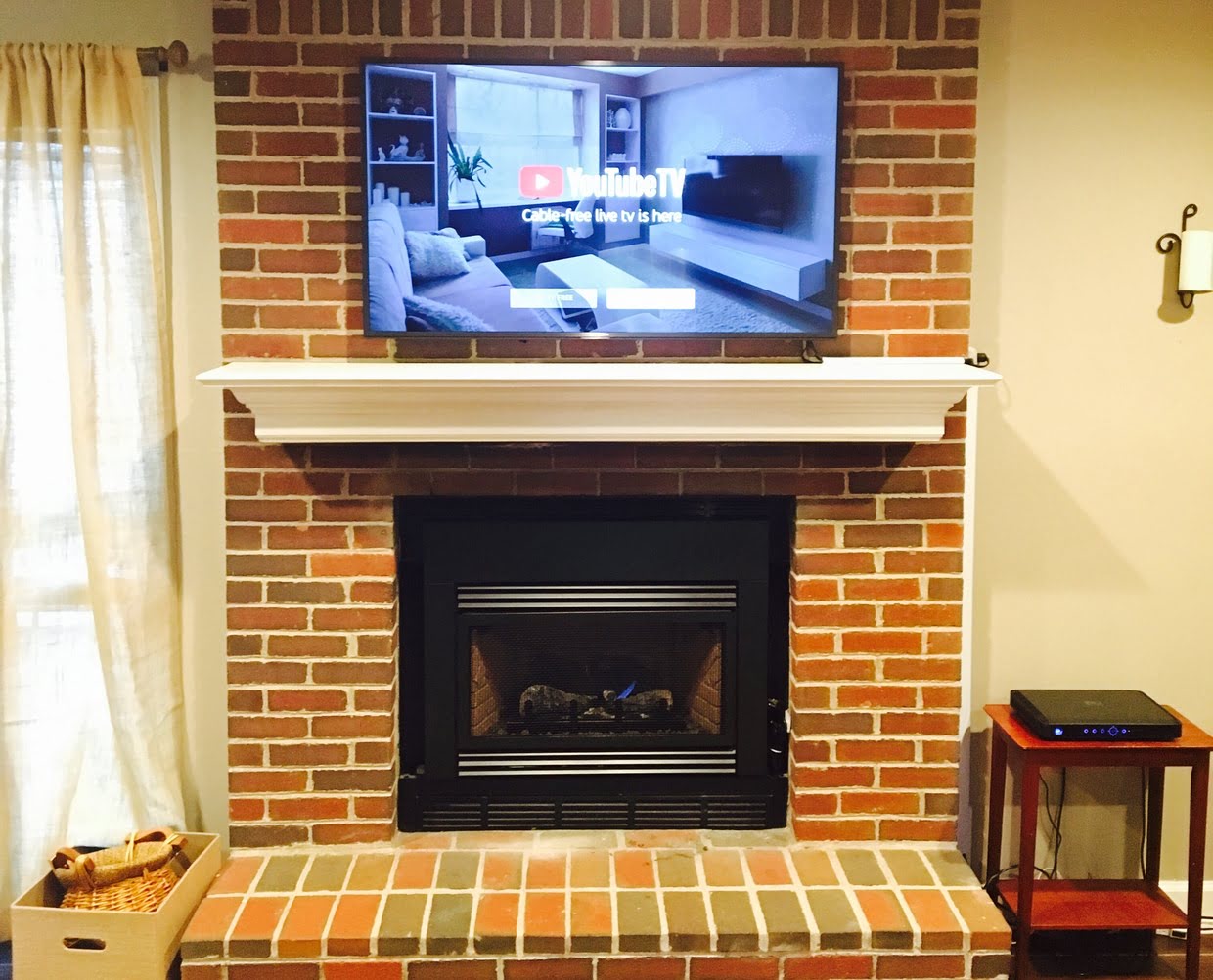

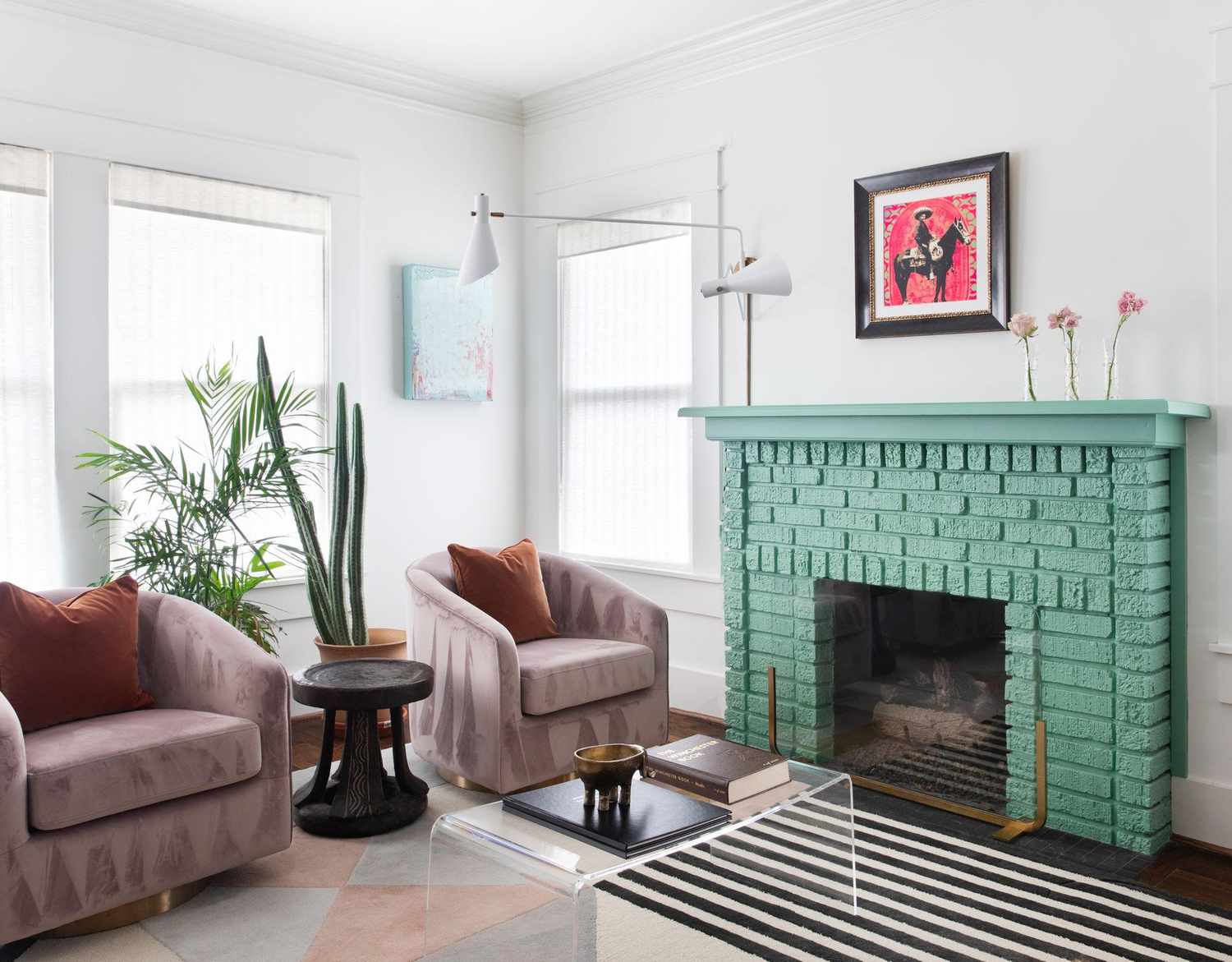
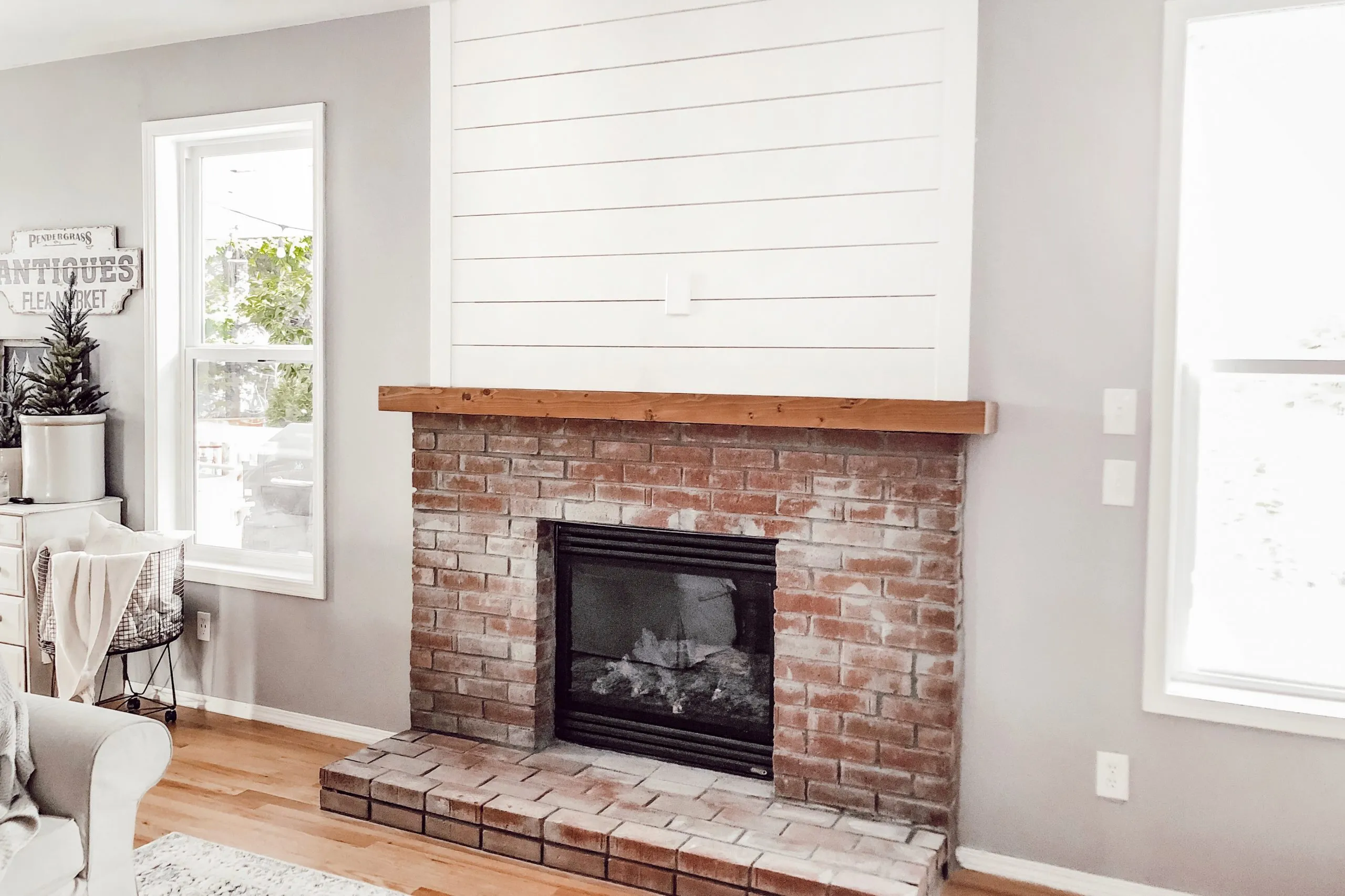
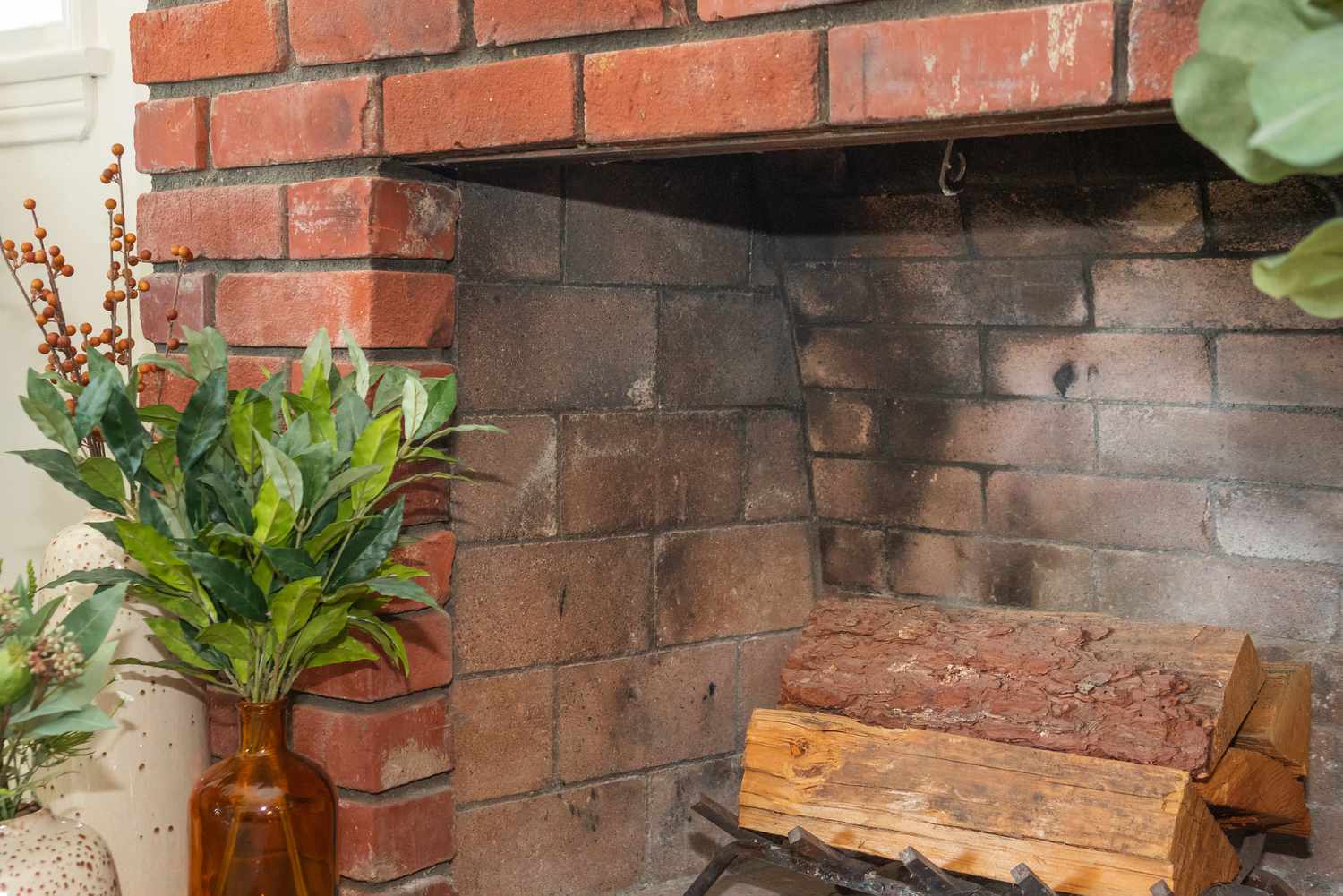
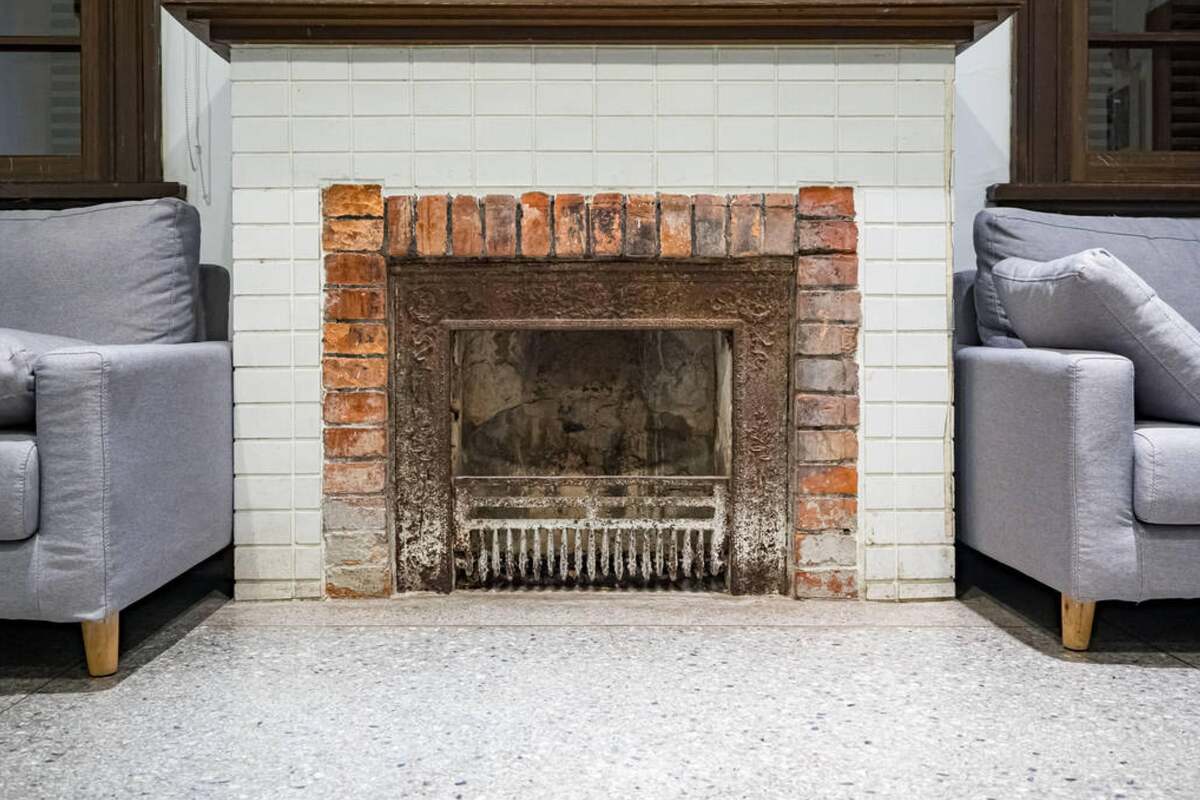
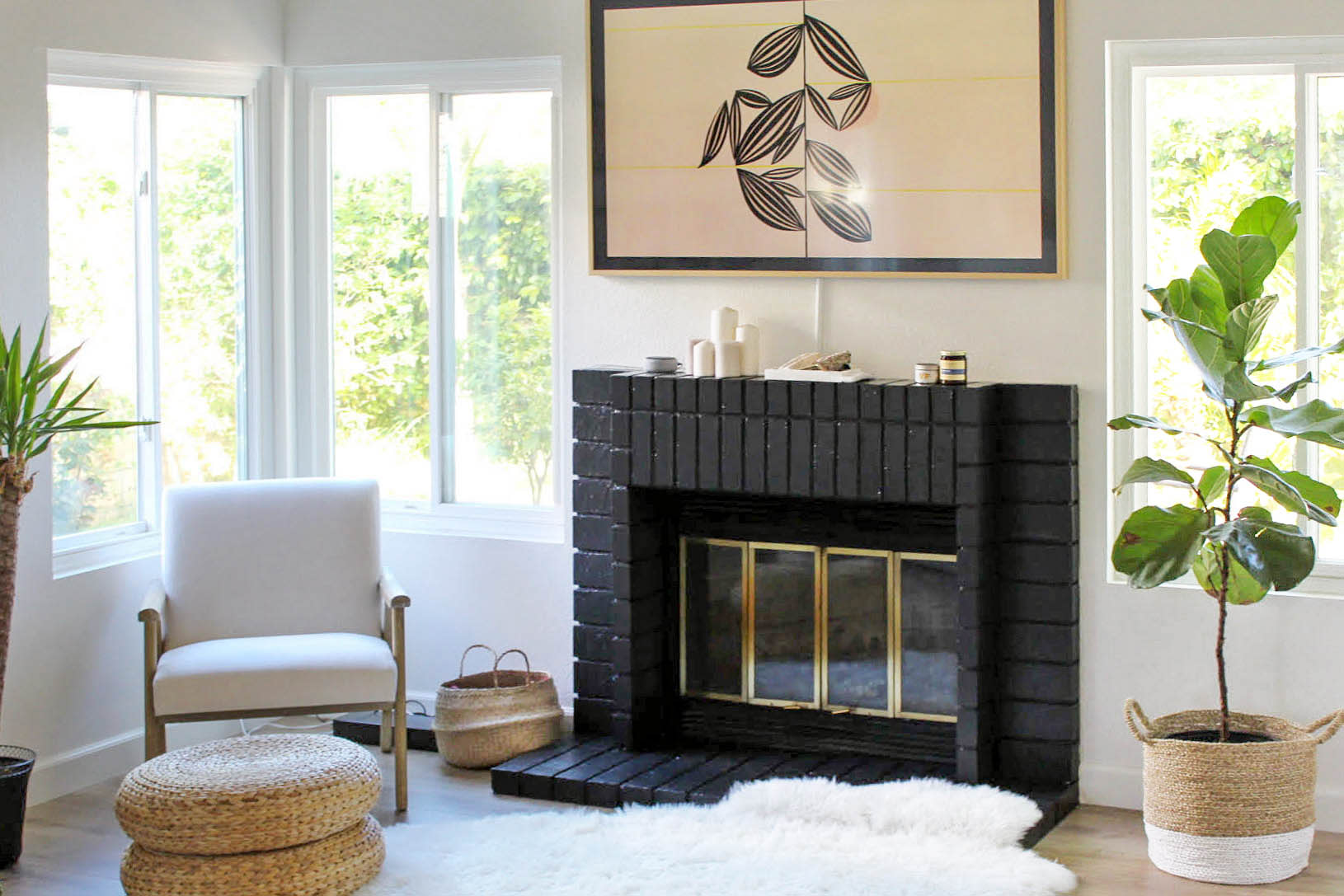
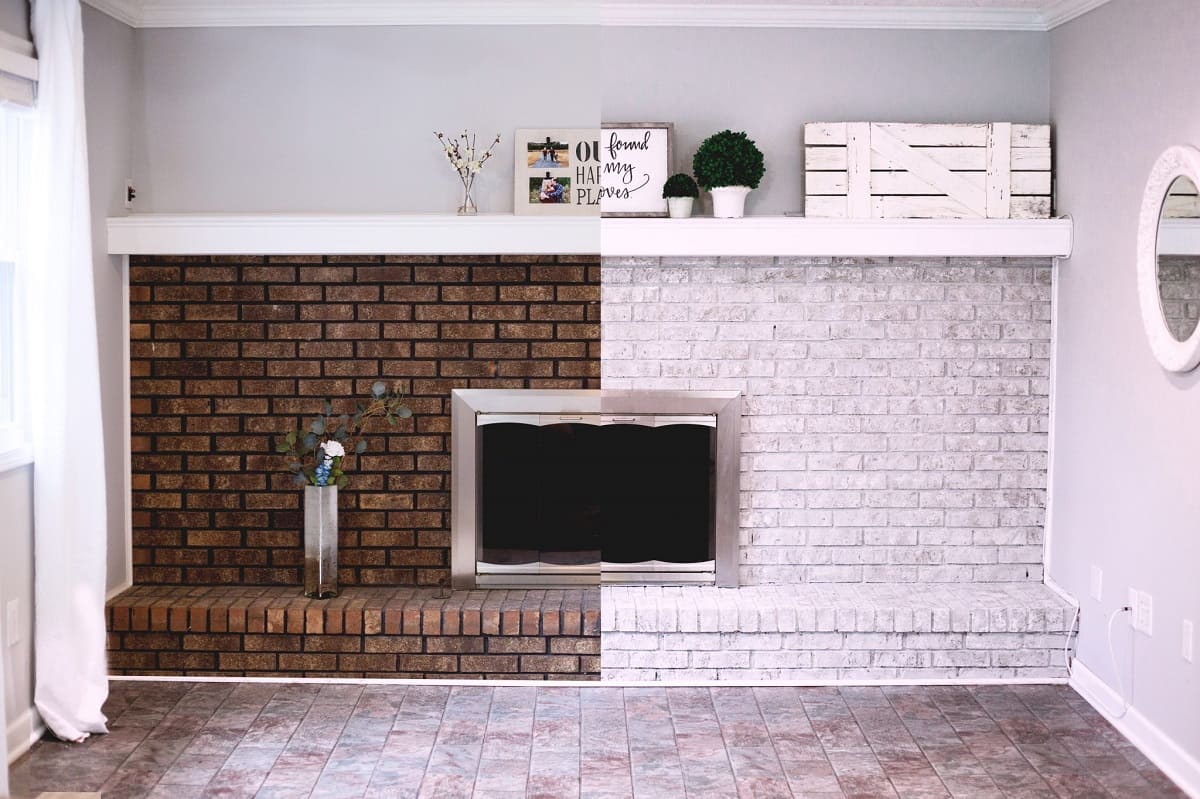
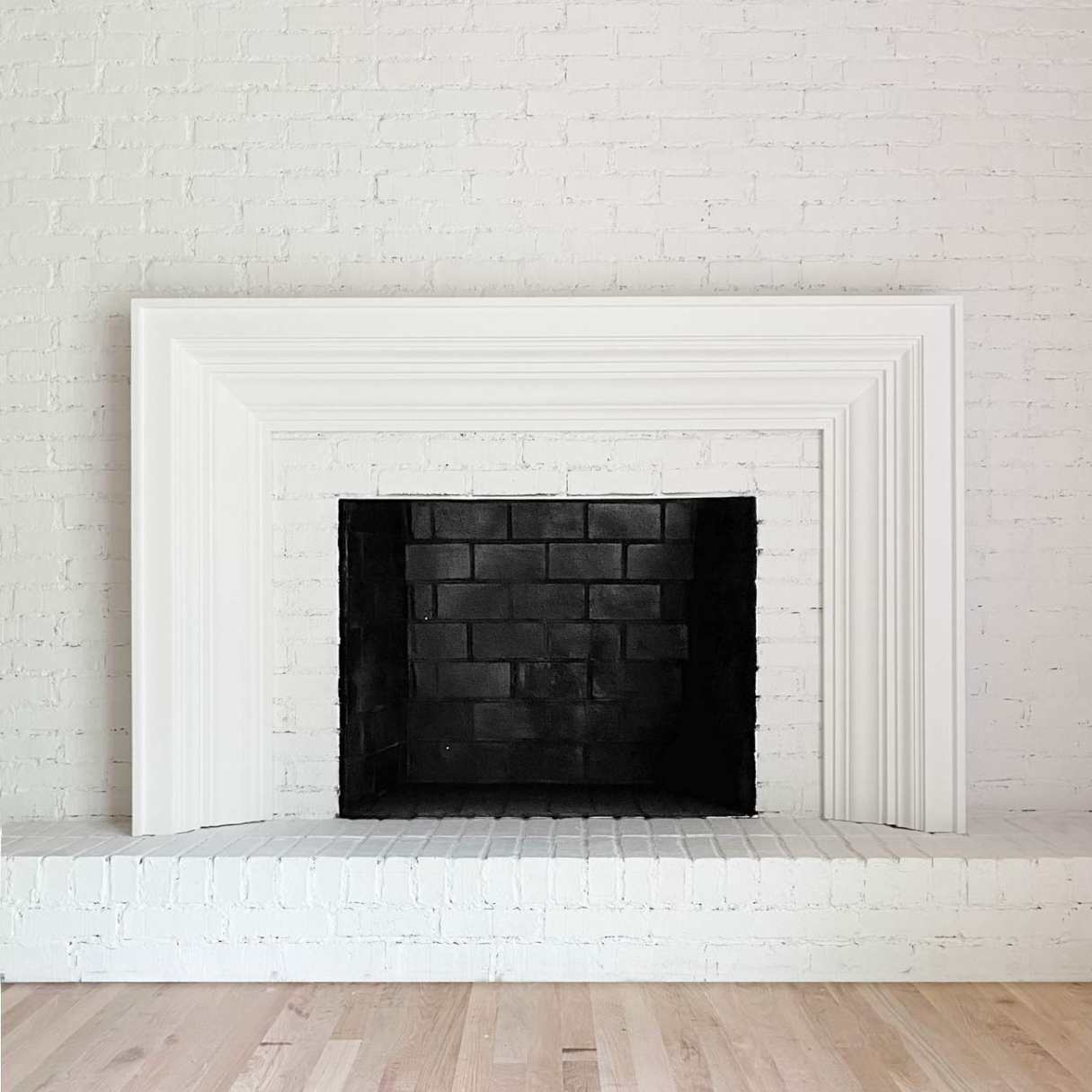
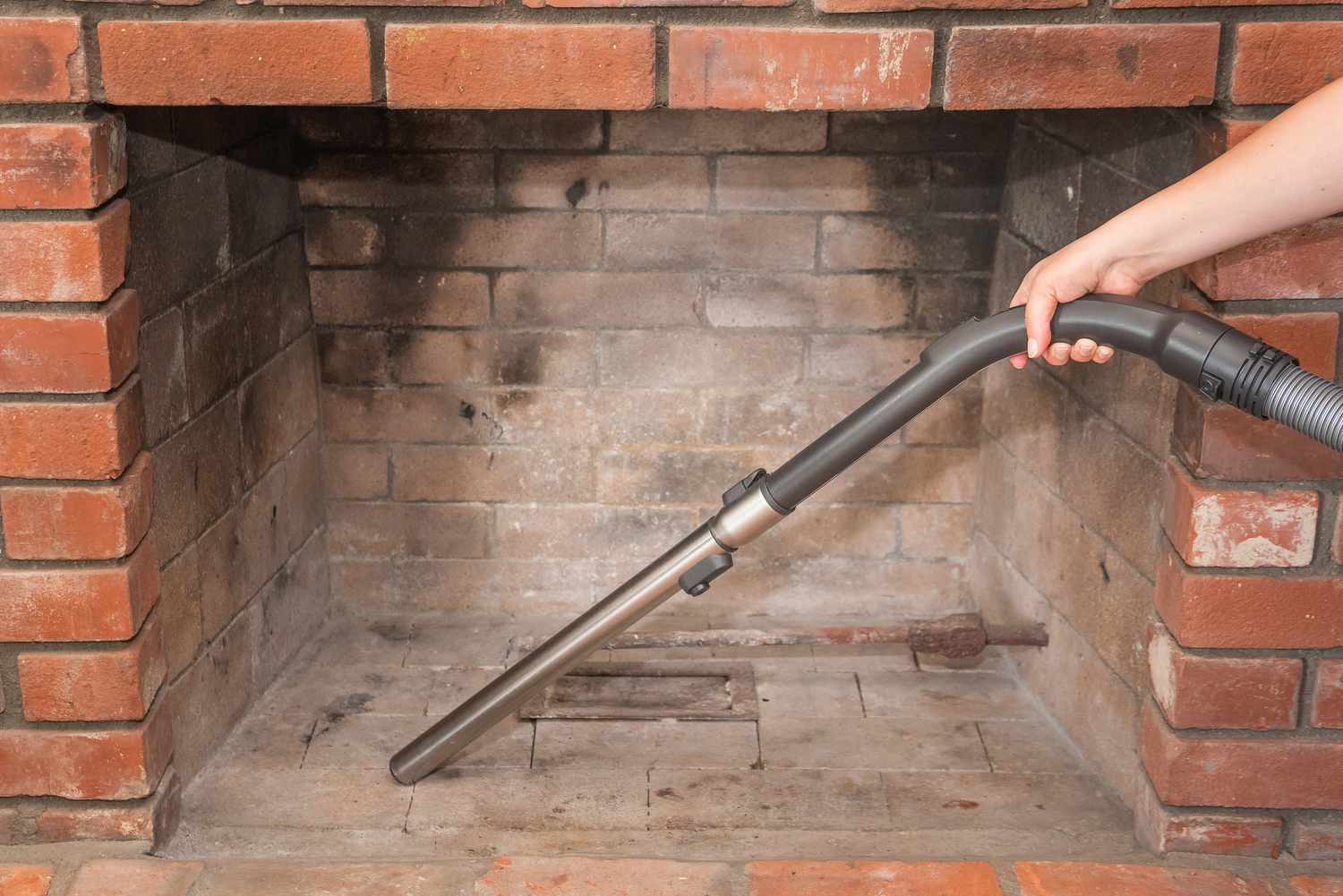
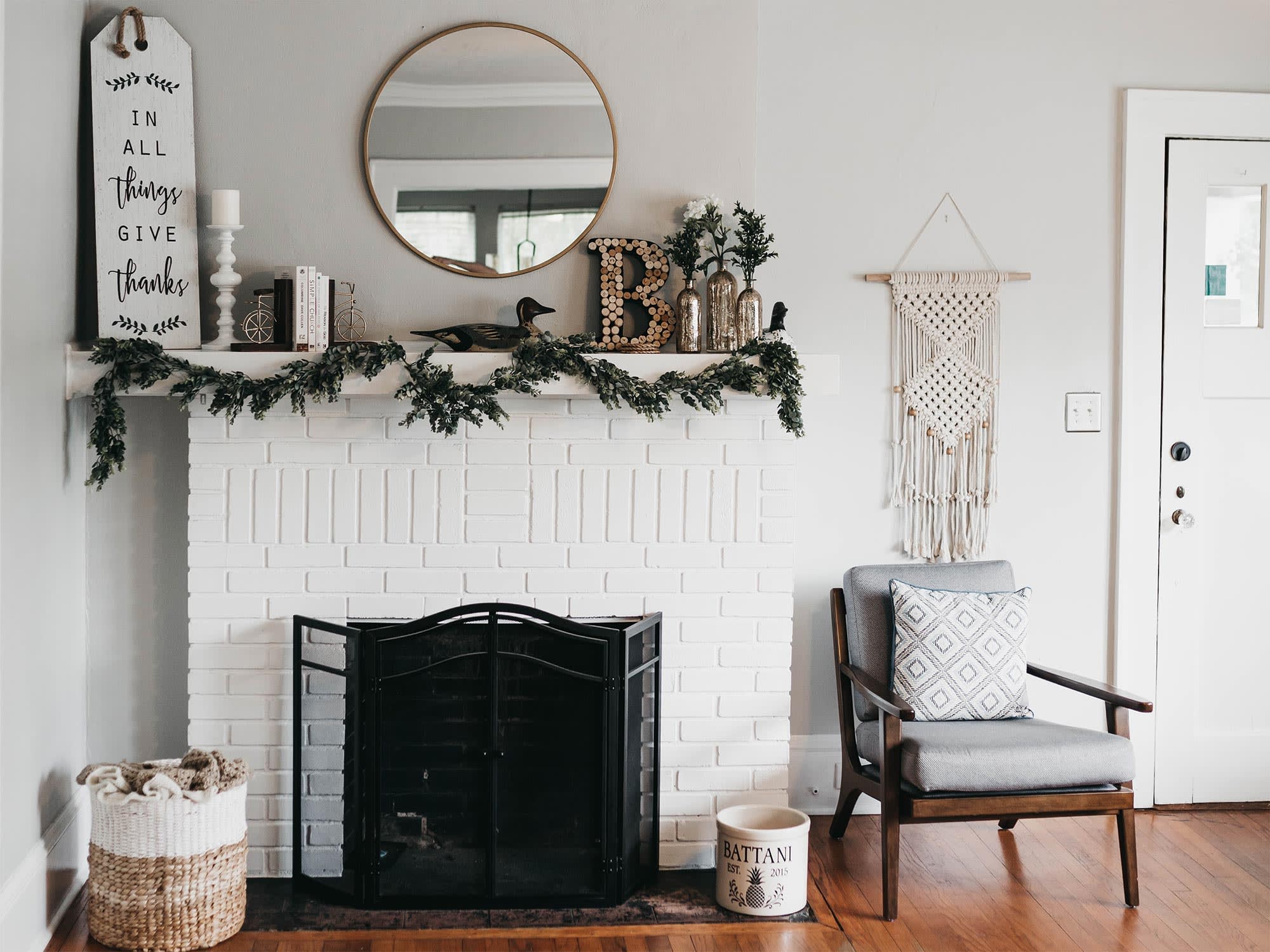
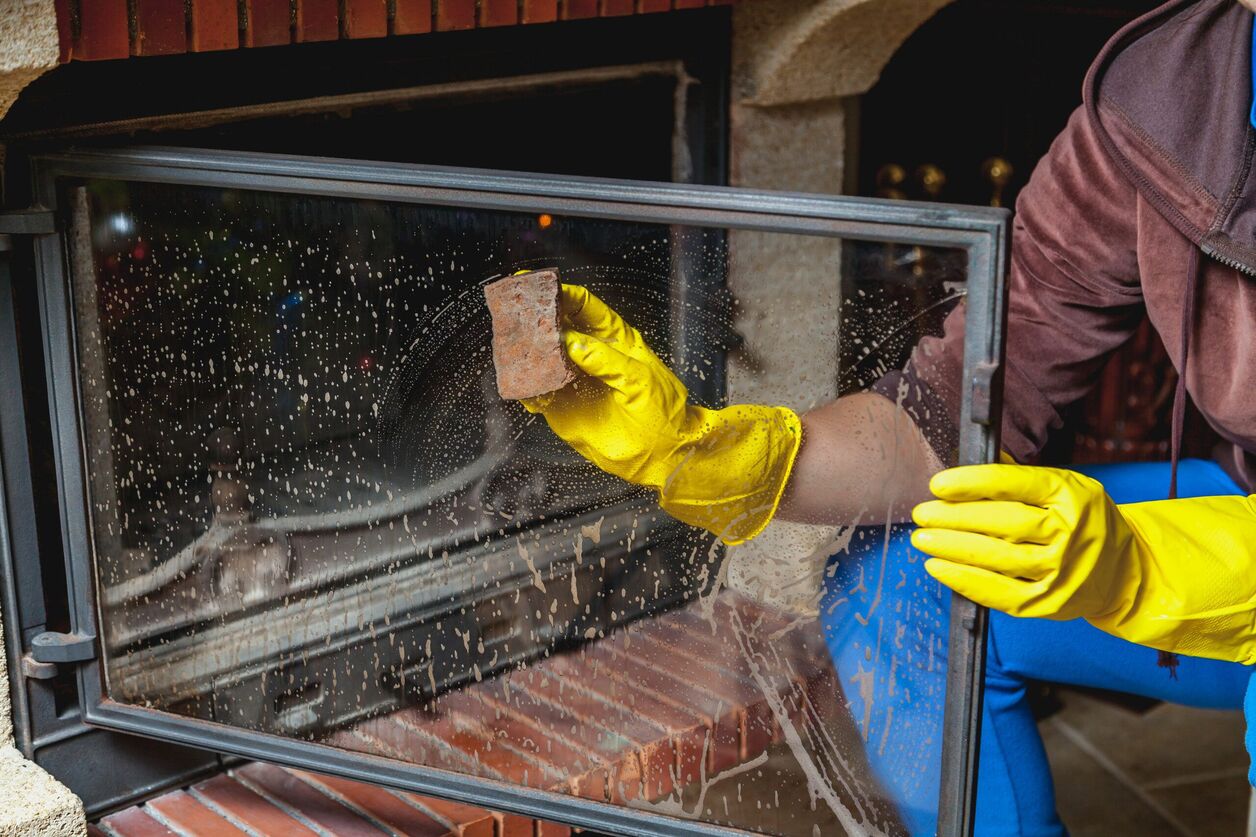
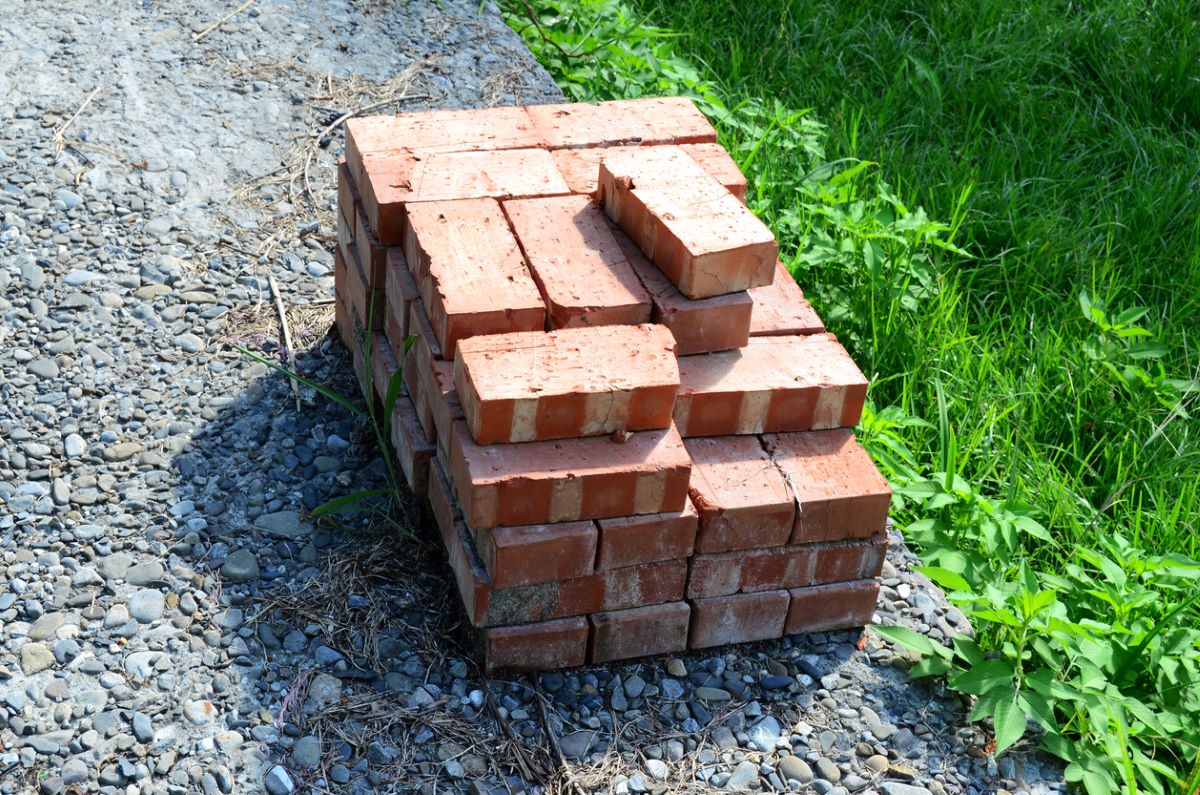
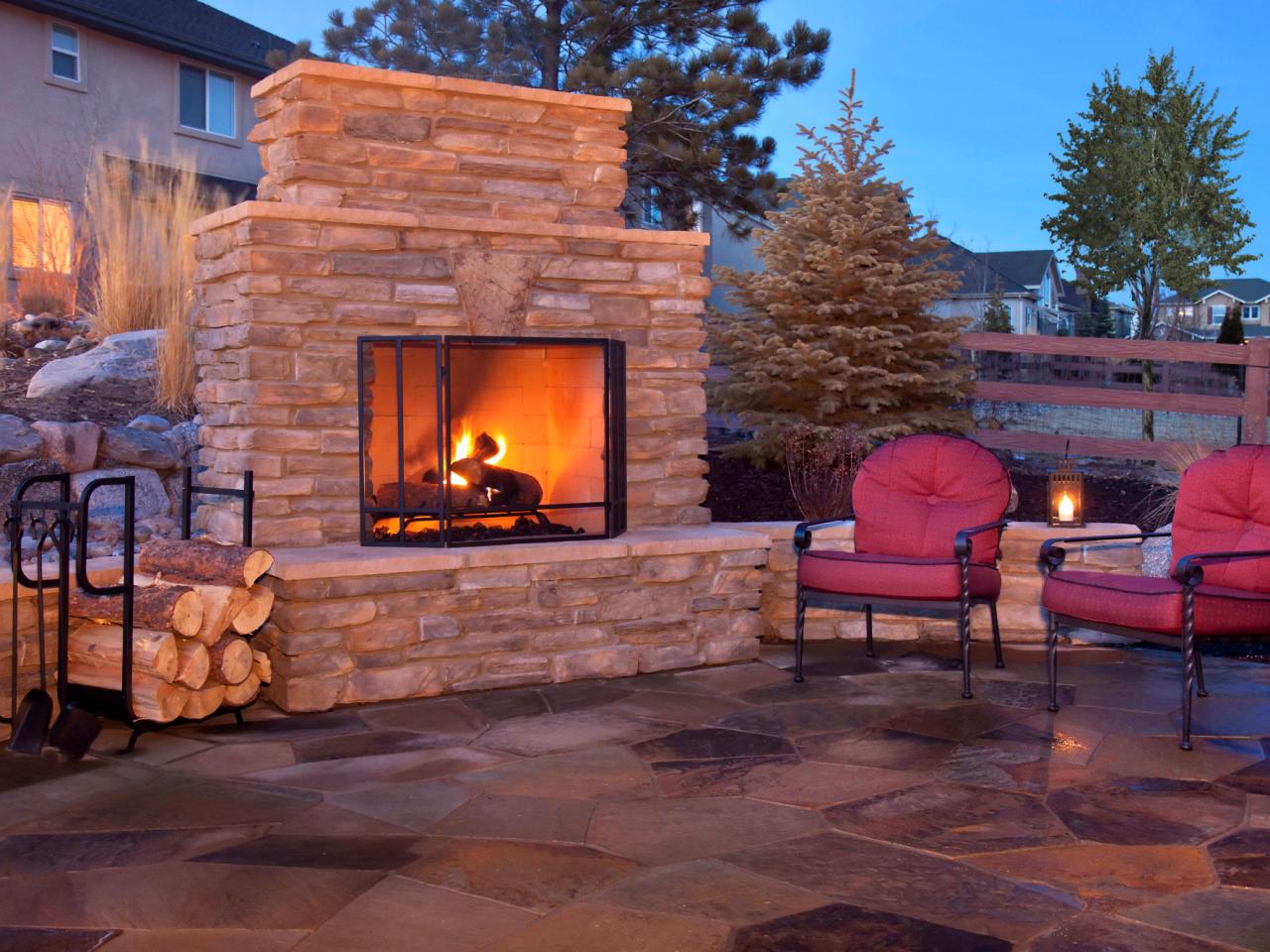

0 thoughts on “How Do You Paint A Brick Fireplace”